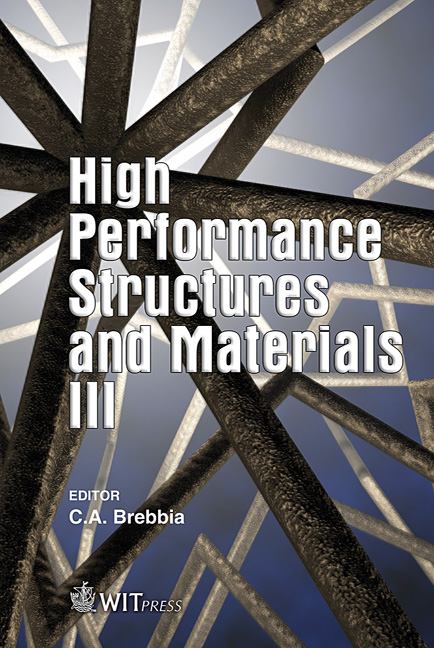Deformation Of Aluminum Alloys AD-1, AMg-6 And D-16 At Dynamic Compression And Temperatures Of 25–250oC
Price
Free (open access)
Transaction
Volume
85
Pages
8
Published
2006
Size
536 kb
Paper DOI
10.2495/HPSM060331
Copyright
WIT Press
Author(s)
V. A. Pushkov, S. A. Novikov, V. A. Sinitsyn, I. N. Govorunov & O. N. Ignatova
Abstract
Using the Kol’sky method, the authors studied dynamic diagrams of uniaxial compression of aluminum alloys AD-1, AMg-6, and D-16. These alloys are applied in aviation, space technologies, shipbuilding and many other industries. Alloys similar to the above mentioned alloys have been studied abroad as well (for example, aluminum alloys 1100-0, 5182, 6061-T6); however in general data on dynamic deformation of the mentioned aluminum alloys have been obtained only at normal temperature. In this work, we performed systematized research of the aluminum alloys at strain rates of 200–1400s-1 and temperatures of 25– 250oС. Keywords: Kol’sky method, compression, temperature, strain rates, aluminum alloys, temperature and velocity dependencies σ- 0.2, model of strength. 1 Introduction Study of dynamic mechanical properties of structural materials is an urgent problem for many areas of science and engineering, and VNIIEF experts are actively involved into efforts for solving this problem. The Kol’sky method [1] is one of the reliable methods for study of dynamic mechanical properties of materials at strain rates of 102–104s-1. In its classical form, it is intended to study dynamic diagrams of uniaxial compression σ- ε. The method falls into the category of tests with the parameter έ=d ε/dt=const, i.e. with constant strain rate. The method essence is quasistatic loading of a sample placed between two steel bars by passing and reflected waves of stresses. The bars are in elastic state, while the sample undergoes elastic-plastic deformation. Various techniques of
Keywords
Kol’sky method, compression, temperature, strain rates, aluminum alloys, temperature and velocity dependencies σ- 0.2, model of strength.





